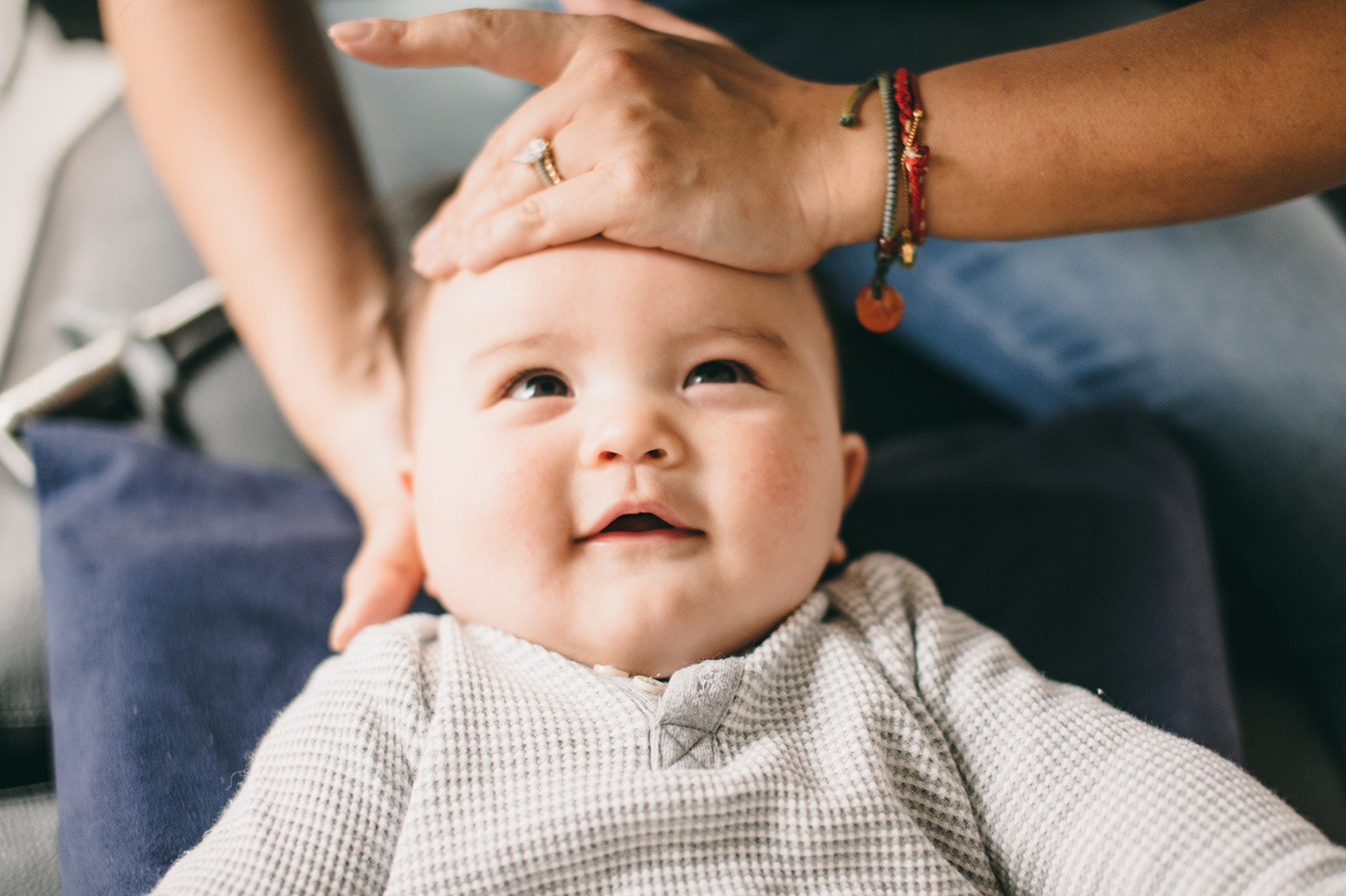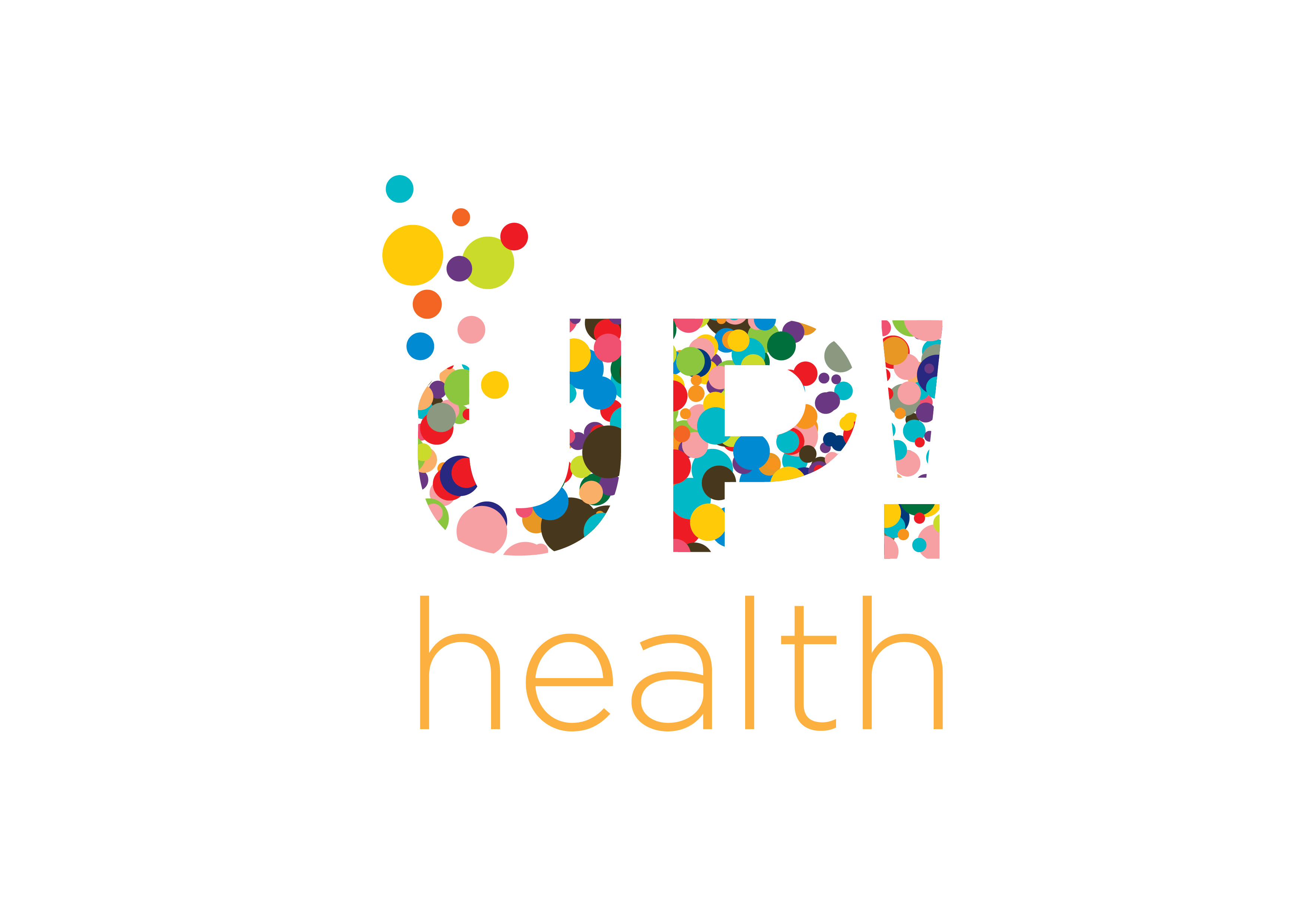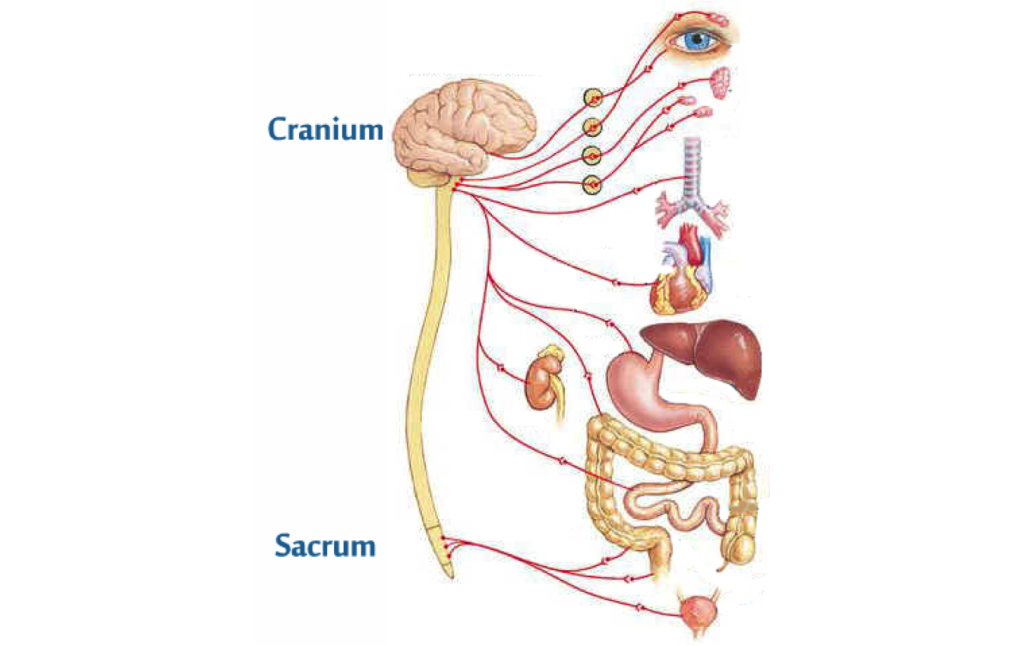
Craniosacral therapy: everything you need to know
Dr. Michelle Zhou
Accessing CST
Also known as “cranial sacral therapy”, “cranial sacral treatment” and plain old “cranial”, it’s important to distinguish between CST and cranial sacral massage, which is emphatically NOT the same thing. Although the techniques may derive from similar principles, cranial sacral massage is typically administered by someone who is not a qualified health professional, and who therefore may not be able to correlate overall body condition and any other symptoms.
So, assuming you’re looking for the therapy and not the massage then, generally speaking chiropractors, osteopaths and some physiotherapists can help you with this. It’s always best to check with your practitioner whether they practice CST as it is not always a part of their university curriculum.
So, what is CST?
Essentially it is the movement and alignment of cranium (head) and sacrum (tailbone).
The dura is the sheath that wraps around our entire central nervous system, including the brain and spinal cord. Within the dura, both the brain and spinal cord are suspended in a liquid called cerebral spinal fluid (CSF). Its many functions include protection, in the form of shock-absorption, and providing chemical stability by balancing pH and taking away waste. It is a little like our circulatory system.
As the dura’s CSF system lacks a “heart” to pump the fluid around, our body has a clever little system whereby our inhalations and exhalations are synced with a specific movement of each of cranial bone, spinal vertebrates and the sacrum to create a pumping motion and keep the CSF flowing.
When a jam occurs in this system, our entire nervous system can be impacted. Craniosacral therapy identifies where the jams are and fixes them.
This is very similar to the overall principles of chiropractic. If the spinal and pelvic vertebrae are out of alignment, this causes a jam to the overall biomechanical and neurological functions of the body, resulting in pain, stiffness and numbness.
CST and babies
As infants have very wide spaces between the cranial plates, they are much more prone to misalignment than adults.
An example of this is flat head syndrome; Phagiocephaly is a medical term, deriving from the Latin, “phagio”, meaning oblique or slanting and “cepha”, meaning head – literally translated as “odd-looking-head”! The SIDS prevention recommendation is for infants to lie on their backs, however this can exacerbate this condition.
CST is very effective in treating flat head in infants and can achieve close to full correction of this issue, particularly if commenced before the closure of the front fontanelle, which occurs between the ages of nine and 18 months. As parents tend to know their children better than any medical professional, Mum or Dad noticing an unusually shaped head is what usually identifies this condition.
Our body – and especially our nervous system – is such a complex machine – and no two people will respond in the same way to treatment. I hope that this diagram helps to clarify the link between brain and body.
The other effect of CST is to facilitate the flow of cerebral spinal fluid, and as a hands-on therapist, I’m still amazed by the results that this can deliver to babies and adults alike. Some paediatricians are sceptical of these benefits, and frankly, it is completely understandable, as measuring the precise effects of improved CSF flow can be tricky. Some effects that I have personally witnessed include improved sleep, better settling, less gassiness after feeding, less frequent sinus blockage, fewer ear infections… or no noticeable changes at all!
As a health professional, I would recommend that all newborn babies have CST and a spinal assessment to ensure that everything is working well. Some signs and symptoms to look out for include: asymmetrical head or face, difficulty feeding, extra fussy, settling or sleeping issues and poor suck.
CST for adults
As adults, our cranial plates are closed by sutures. A small amount of wiggle room exists in these sutures, as well as in the bones of the face, and, because it is a joint like any other, this can move out of alignment, becoming “stuck” and needing adjustment.
Symptoms that can suggest cranial issues include, but are not limited to, trouble sleeping, headache, low moods, lethargy, irritability and even feeling overwhelmed or stressed. As the above diagram demonstrate the intricate and vast connection of our nervous system, the symptoms can vary from person to person, and in exactly the same way, outcomes of care can vary too.
Treatment can vary between each individual person and may often involve a little bit of trial and error, so the best way to determine if CST is right for you is to find a suitable practitioner that is open to communicate openly with you and listen to your health goals.


